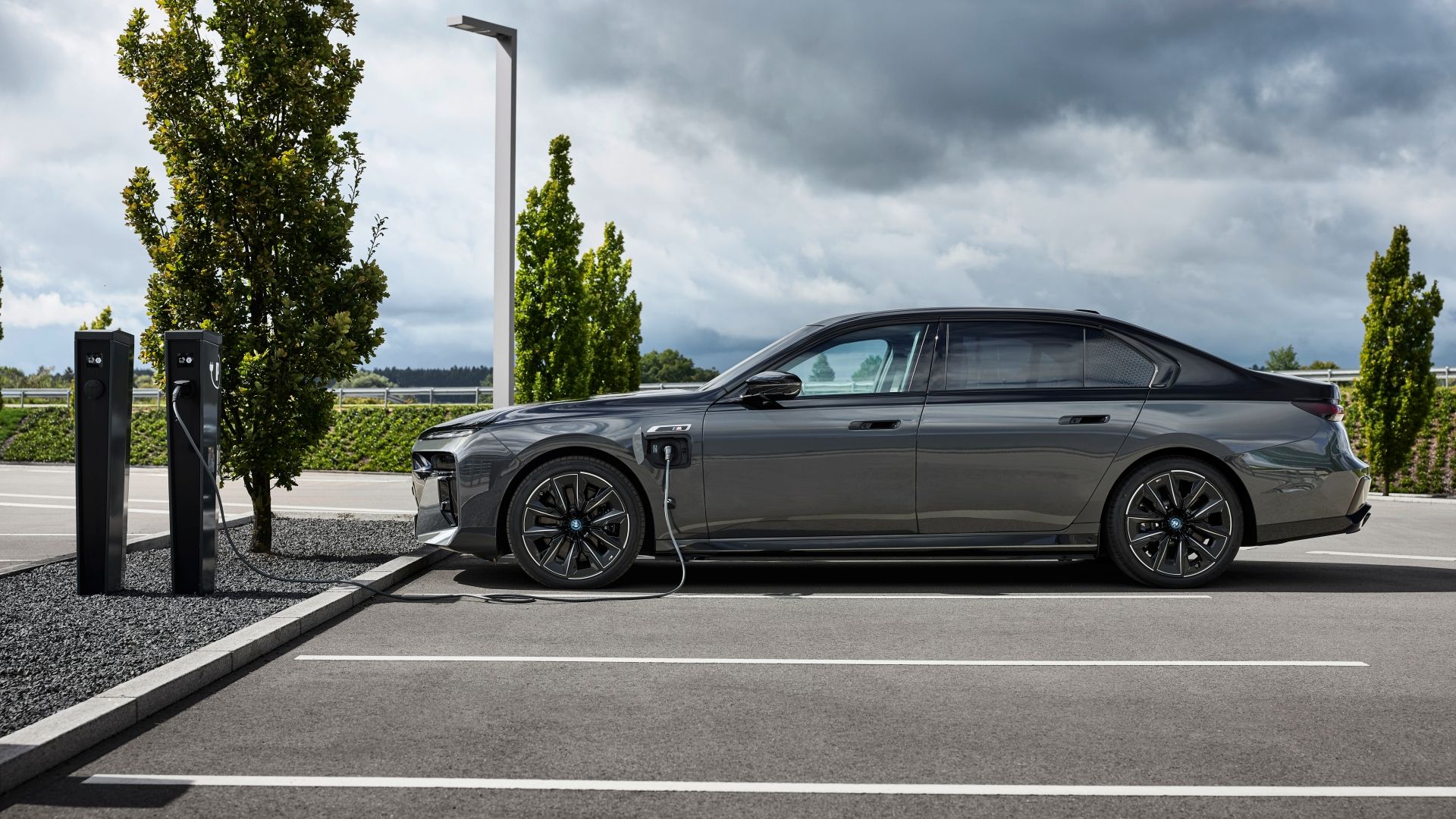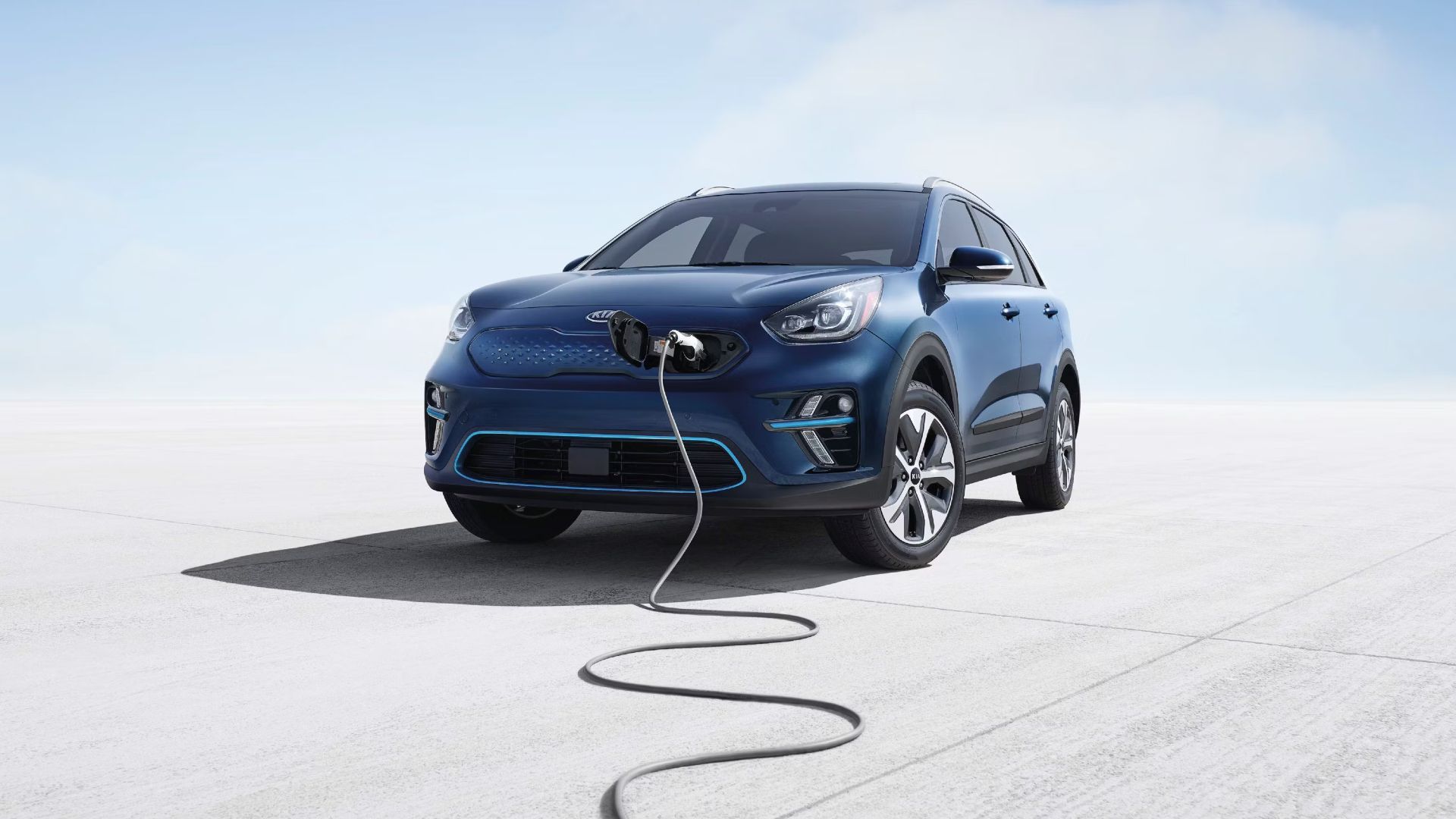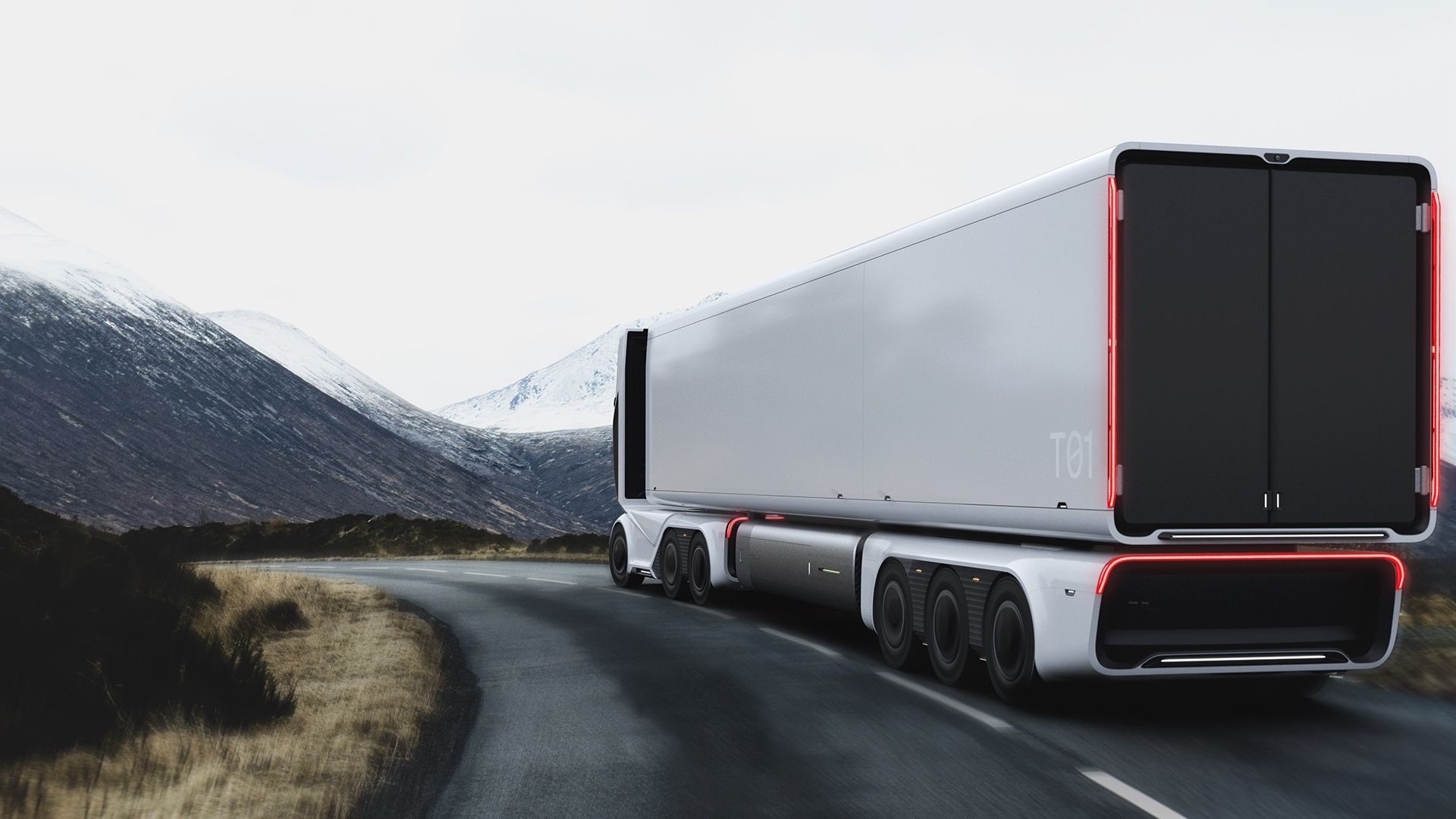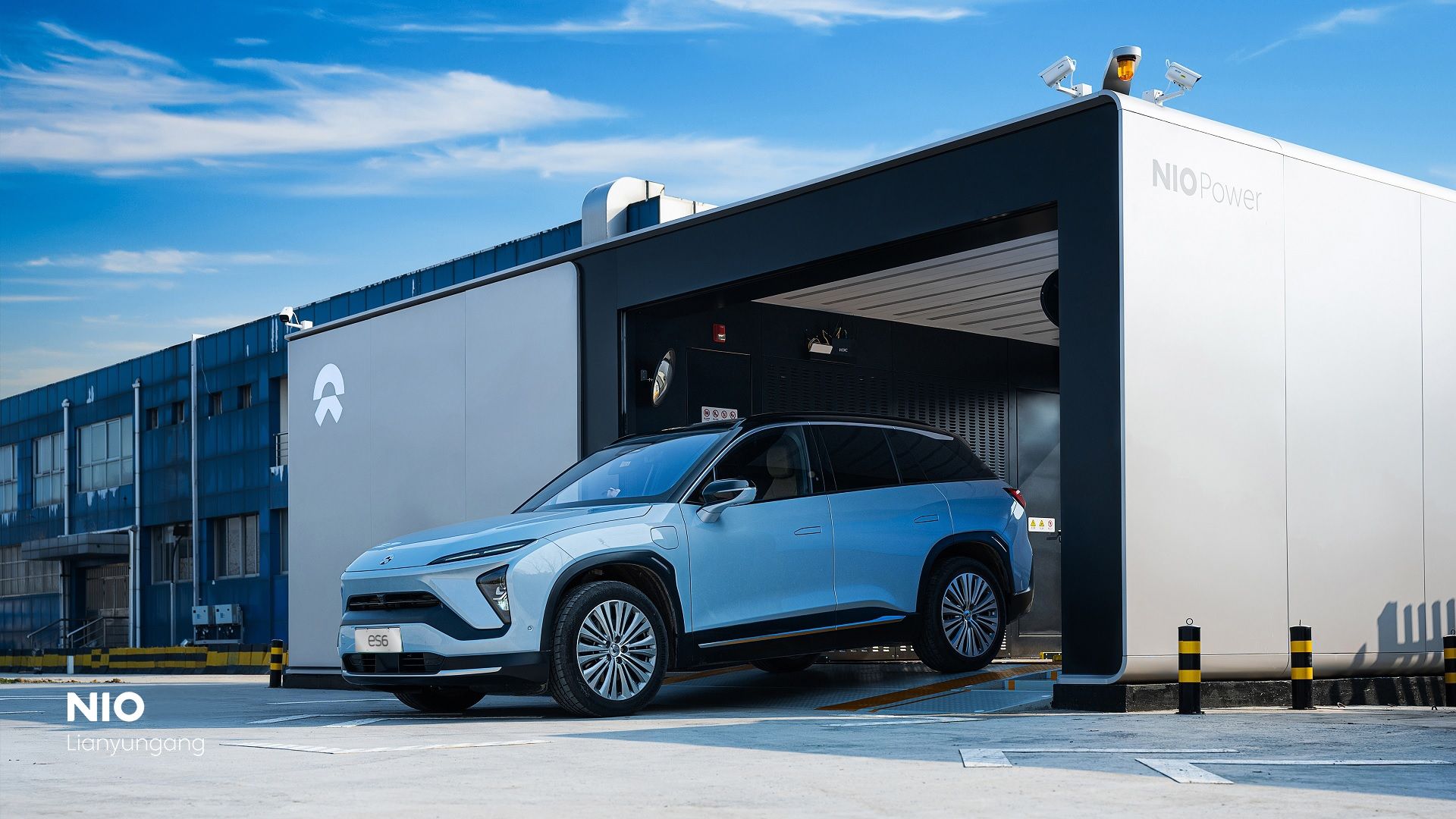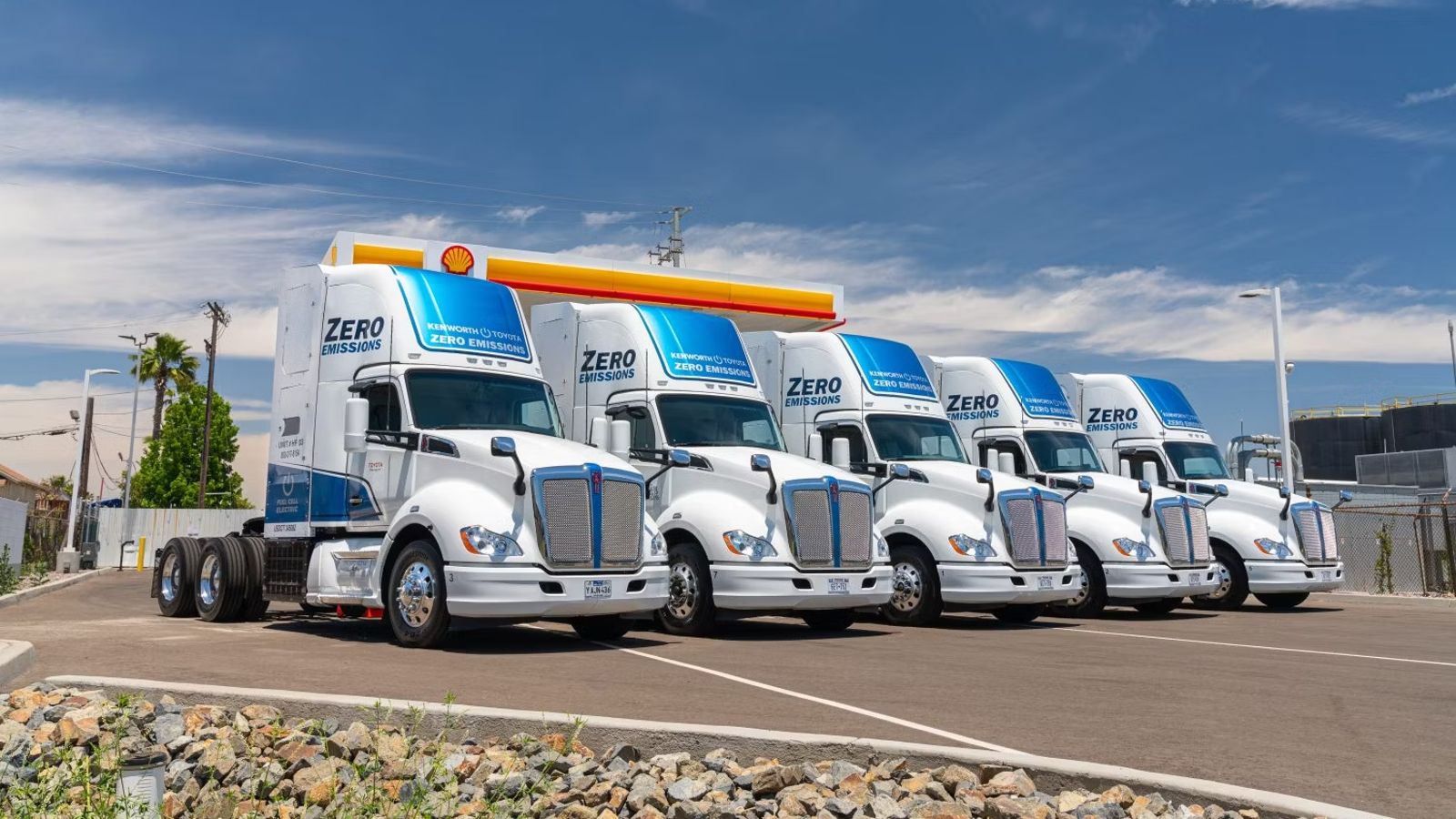Summary
- Electric cars produce fewer emissions than gasoline-powered cars, but the power source for charging them matters. If the power comes from coal-heavy plants, it could be worse for the environment than a hybrid car.
- The production of EVs relies on raw materials, like lithium and cobalt, which have environmental and human rights concerns associated with their extraction.
- The range of EVs can be affected by extreme temperatures or heavy loads. Additionally, the cost of owning an EV, including battery replacement, can be high and may offset the potential environmental benefits. Hydrogen-powered cars are seen as a potential alternative but are not yet widely available.
We live in a pivotal time within the automotive landscape. The traditional internal combustion engine, or ICE cars, are yielding to more varied production. This is in the form of hybrids, vehicles that combine ICE technology with electric power. Of course, this also leads to the hot new trend, one that appears to be melting ICEs little by little, that being none other than the fully Electric Vehicle, or EV. Today, though ICE cars are by far the vast majority represented on the road and in sales, there are now millions of EVs driving alongside them. Some have embraced the trend, as a new method of causing less people pollution on our blessed Earth, while others do not believe EVs are as ecologically beneficial.
The truth is that one cannot believe everything they read. We must think for ourselves and draw our own conclusions. There are two sides to every coin, and nothing must be taken at face value. Where there are pros there are cons, as usually nothing is ever as good as it seems. In terms of ICE versus EV, we can argue over performance, looks, and sounds, but the real matter at hand is the effect humans have on each other as well as our planet.
1 The Power Production Matters
Electric cars produce far fewer global warming emissions than those fueled by gasoline. They might have zero tailpipe emissions, but the issue is with how the power to charge them is produced. We’re not simply talking horsepower here, or instant torque figures. How much coal is burned to produce the power that replenishes that plug-in? The fact is that electric grids need to get much, much cleaner, before EVs are truly emissions-free. If the EV relies on coal-heavy power plants, then it could be worse for the climate than a modern hybrid that still uses ICE power.
An Example Of Carbon Emissions
|
Carbon Dioxide Per Mile |
Chevrolet Bolt EV |
ICE Toyota Camry |
ICE Ford F-150 |
|
Average over lifespan |
189 grams |
385 grams |
636 grams |
One can see that the Bolt EV produces less carbon emissions than the ICE Camry and F-150, as these vehicles are less efficient. However, if the Bolt is charged by power produced from a coal-burning plant, such as those in the Midwest, then it might actually be worse for the environment than say, a Hybrid Prius. It would still produce less emissions than the gas only Camry or F-150 though. Luckily, power production is moving away from coal burning, and towards lower-emission mixes of natural gas, wind, and solar power generation.
2 Raw Materials In Batteries Are A Threat
Most EVs are powered by lithium-ion cells, that rely on harmful raw materials. These include rare Earth elements, lithium of course, and Cobalt. They have been linked to grave environmental, and human rights concerns, especially Cobalt. The extraction of such materials results in:
- Air and water pollution
- Land degradation
- Potential for groundwater contamination
Though the resulting effects may be less severe than with fossil fuel production, there remains a significant risk. If one thinks this is only outside of America, then think again. There is a project currently in litigation, called the Lithium Americas permit, which if made legal, would cause these very same problems on U.S. soil.
3 The Mining Process Takes A Toll
The United States currently only has one large-scale lithium mine, Nevada’s Silver Peak, despite having some of the world’s largest reserves. Here only two percent of the world’s annual lithium supply is gathered. As EVs become more favored, the demand for lithium and other required battery materials will increase. The world’s lithium mainly comes from these locations:
- Australia
- Argentina
- Bolivia
- Chile
In addition, 70 percent of the world’s Cobalt supply comes from the Democratic Republic of Congo. A substantial proportion of the mines there are unregulated, using even children for labor, where the metal is dug from the ground with only hand tools. It’s easy to ignore something if it’s unseen, but once one is aware, there’s no denying that such practices aren’t eco-friendly. The use of child labor is unethical.
4 Recycling Said Materials Is Problematic
As earlier generations of EVs reach the end of their lifespan, avoiding a pileup of spent batteries becomes an issue. Lithium-ion batteries can store more energy in the same space than traditional lead-acid ones. However, 99 percent of the latter are recycled in the U.S., compared to only an estimated five percent for lithium-ion batteries. Depending on the process of recycling used, batteries will:
- Use large amounts of water
- Emit air pollutants
It’s true that batteries contain metals and materials that may be recovered and reused, but the percent of lithium batteries being recycled remains very low. The hope is this will increase with time and innovation. Nissan and BMW have piloted the use of old EV batteries for grid storage, while GM has designed battery packs with second-life use in mind. In the meantime, what happens with these spent batteries? Are they just barreled up and buried in the ground? If so, this is irresponsible, and not a sustainable solution.
5 Different Types Of EVs, Different Levels Of Carbon Emissions
There are several types of electric vehicles. Depending on the type of EV, this affects the amount of carbon emissions. The majority of an EV’s carbon footprint is wrapped up in the manufacturing process, as well as the power source’s method of energy generation.
Types of EVs
|
BEV |
Battery Electric Vehicles |
|
PHEV |
Plug-in Hybrid EV |
|
FCEV |
Fuel Cell EV |
Unlike an ICE vehicle, which constantly produces carbon emissions when the engine runs, EVs produce no tailpipe emissions. However, a plug-in hybrid still uses ICE tech, although it uses 14 to 47 percent less fuel than conventional gas-only cars. Also, a fuel cell vehicle is also a type of EV, but it utilizes compressed hydrogen gas that is stored in a tank. A highly efficient electrochemical process converts the hydrogen into electricity for use by the electric motor. Still, there are other challenges to widespread hydrogen use. Currently, only California has retail hydrogen fueling stations. Naturally, to be as honestly eco-friendly as possible, a full-on BEV is required.
6 Production Overloads The Grid
As of 2021, fewer than one percent of America’s cars were electric. However, GM wants to stop selling gas-powered cars by 2035, aiming to have the largest EV share in North America. Joining Tesla, manufacturers like Ford and Volkswagen are committing to their own EVs. This all aligns with California wanting to stop selling gas cars within the 2030s. If we are to meet the energy demand, careful planning is required, and several things need to happen.
- Build more places to plug in
- Generate more juice
- Juggle the charging times
- Design a more clean grid
For EVs to become mainstream, charging must be more widely accessible and convenient. Have you seen the EV charging lines in States like California and Nevada? Most charge today at home, or at work if it’s available, but these are luxuries. What about those in apartments?
If we all switched to electricity, it’s estimated the U.S. would use 25 percent more juice than it does now. That means more power plants erected and transmission network upgrades. Returning to California, if everyone plugged in at the same time, will the State not experience even more blackouts?
Lastly, transportation accounts for one-third of America’s greenhouse emissions, so electric cars are better at reducing that, but they still aren’t as clean when plugged into a coal or natural gas grid. Until EVs can move away from such utilities, and more towards solar, wind, or even nuclear energy sources, the environmental benefit remains limited.
7 Range Isn’t Always Adequate, Thus Leading To More Recharges
The Lucid Air has the longest range of any EV in 2023, at 516 miles. However, how much does that range suffer in extreme temperatures, or under heavy load? Ever seen an EV stuck in the winter, brought back to life by a gas generator, or rescued by a diesel tow truck? The F-150 Lightning has a range of up to 320 miles, but a 6,100-pound tow test dropped a Platinum’s range to just 100 miles.
Top 10 EVs For Claimed Range In 2023
|
EV |
Range In Miles |
|
Lucid Air |
516 |
|
Tesla Model S |
405 |
|
Hyundai Ionic 6 |
361 |
|
Tesla Model 3 |
358 |
|
Mercedes EQS Sedan |
350 |
|
Tesla Model X |
348 |
|
Tesla Model Y |
330 |
|
GMC Hummer EV |
329 |
|
Rivian R1T |
328 |
|
BMW iX |
324 |
This list presents decent range for any vehicle, especially when one considers say a gas-guzzling Camaro, but then again an extended range tank equipped F-150 will surpass even the Lucid Air. Of course, the emissions for an EV are substantially less given the efficiency of a performance muscle car and full-size light-duty truck, but what good is that range if it isn’t usable in the same manner? If the EV must be saved by fossil fuel-derived power, whether to recharge or revive, then it simply isn’t as green as it seems.
8 High Initial Cost Potential
Today the average price for a new vehicle is nearing $50,000, at over $48,000. Still, the average price for an EV is over $53,000. However, the costs of owning an EV can be offset, due to a number of factors.
- Up to $7,500 tax credit
- Less to maintain
- Cheaper to “fuel”
Prices for EVs are becoming more and more on par with gas cars. Also, available tax credits help. If the tax credit is lost, prices may be dropped, as is the case with the Chevy Bolt EV. No oil changes are required, but often the instant torque will wear out tires more quickly in an EV. Lastly, the price to charge comes out to way less than a tank of gas, which is a boon among fluctuating fuel costs. Even so, when the average price is so high, the range is questionable, and the charging infrastructure is lacking, EVs don’t appear as “green.” Excuse the creative authority and forgive the pun. To return to the Bolt, it’s notable that it suffered from a battery recall due to a potential fire hazard. EVs are notorious for having battery fires that simply cannot be put out, not eco-friendly at all.
9 Battery Replacement: To Be Or Not To Be?
We’ve talked about the issue around recycling EV batteries, and the short-term costs of owning an EV, but what about when it comes to replacing the battery for long-term use? The average replacement costs for an EV battery are $5,000 to north of $15,000. Of course, this depends on vehicle type. One using a larger battery will be more expensive. There are other factors to consider.
- Make and model
- Battery pack type and capacity
- Market conditions
- Labor rates
- Warranty coverage
Using rare Earth metals such as lithium, cobalt, and manganese, could drive up the price. If one cell fails, in an integrated battery pack, the whole thing requires replacement. Labor alone could be $900 to $2000. Forget putting in a $200 or less lead-acid battery yourself from the local auto parts store. If you’re lucky, perhaps it is under warranty, either within age, mileage, or minimum manufacturer percentage threshold for premature degradation. The average lifespan is 12 to 15 years in moderate climate, or eight to 12 in extremely hot or cold climates. Alternatives to replacements are refurbishing, but recycling has already been seen as severely lacking. The other option is to buy a new EV altogether, because it’s not logical to spend $15,000 or more on a car that is worth $10,000 or less. An example of this is the hybrid Chevy Volt, now discontinued. Bigger BEVs will surely cost more.
10 Hydrogen Seems To Be A Solid Alternative
Hydrogen is another EV option, one that some people consider to be the real future. Today, the reality is that less than 20,000 FCEVs have sold in the United States, while more than 2.5 million BEVs are on the road. The only retail charging stations are located in California. There are only a few hydrogen-powered cars sold in the U.S. today.
- Toyota Mirai
- Hyundai NEXO SUV
- Honda Clarity (discontinued)
While it’s true that automakers are working to bring Hydrogen power to the global market, this is still very much in a fledgling state, severely behind the rest of the EV movement. Perhaps one day, BEVs will become the domestic norm for commuters, where FCEVs will become the commercial semi trucks for shipping, and hybrids will bridge the gap everywhere else. Clearly there is a lot that remains to be sorted, before we know how green and eco-friendly EVs are in the long run.
Source
https://www.topspeed.com/why-electric-cars-arent-as-eco-friendly-as-you-think/


